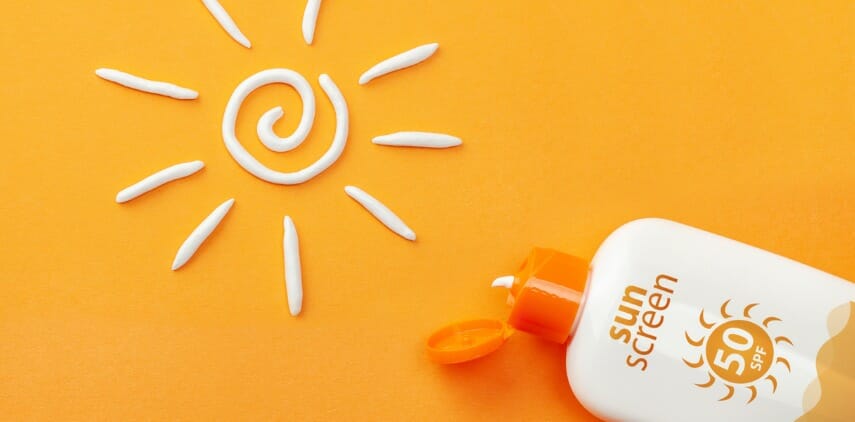Fishing is a favorite pastime for anglers worldwide, and mastering the skill of tying your own bobber to your fishing line can really come in handy. But knowing where to start and what steps to take may seem daunting if you’re new to it.
Not only that, but many types of bobbers are available, making this an important part of getting ready for a successful day on the water. However, we’re here to walk through it with you and make putting on a bobber as easy as possible. So read on, you will be satisfied.
Is it better to fish with a bobber?
There are many tools and techniques at your disposal when it comes to fishing, and one of the most common is using a bobber, also known as a float. This simple tool can be incredibly helpful when catching fish, but it depends on how you use it.
The main advantage of using a bobber is that it allows you to pinpoint where exactly in the water you’re fishing. You can attach the bobber to your line and adjust its depth accordingly.
It will alert you when a fish takes hold of your bait by floating in the water or tugging from underneath. So no more tediously checking around for bites! Additionally, if the current carries away your bait too quickly for fish to grab onto, set the bobber higher in the water column so they have more time to latch on.
Should I use a bobber in deep water?
Using a bobber when fishing in deep water can be an effective way to attract more fish. Bobbers, or floats as they are sometimes called, can make it easier for anglers to locate their bait in deeper waters. By suspending the bait at a set depth, it can be more easily seen by fish. The added visual cue can alert them to the presence of food and may entice them to take a bite.
When using a bobber in deep water, selecting the right size and shape for the job is important. A round or cylindrical bobber is generally best for deep water because it will remain upright in the current and won’t be pulled off-center by choppy waves.
The larger the bobber, the more visible it will be to fish down below—choose one with bright colors if possible. It should also be weighted so it can sink quickly and keep its place when used with heavier baits such as nightcrawlers or minnows.
Additionally, using a sliding sinker rig rather than a fixed weight is beneficial when fishing in deep water with a bobber because it will help keep your line taut and allow you to adjust your depth as needed depending on where you see the most activity.
When setting up your line, you should set the distance between your hook and bobber so that you have enough slack for bait movement but not so much that your bait drifts away from the intended area too easily.
In addition to selecting an appropriately sized and weighted bobber, experimenting with different baits is essential when using this method of fishing in deep water. Try using live bait like worms or minnows if targeting bass or other predatory fish species; crayfish are also effective for catching catfish at greater depths.
Additionally, heavy artificial lures such as jigs with rubber skirts are often effective when fishing deep waters because they resemble aquatic prey more closely than lighter lures at greater depths.
When should you not use a bobber?
When should you not use a bobber? Fishing with a bobber can be an effective way to catch fish, but it is important to know when it is not the right tool for the job. In some cases, using a bobber can hinder your success.
For instance, if you are fishing in deeper waters where baitfish tend to congregate but the fish you hope to catch don’t swim near the surface, then a bobber will be a hindrance because it will float above any fish that may be present.
Similarly, if you’re targeting certain species that prefer smaller baits, such as fry or minnows, then having a bobber attached will make it more difficult for the bait to reach them. Additionally, if you are fishing in swift-moving water where smaller items like lures or nymphs need to be cast downstream and allowed to drift back out of the current, then attaching a bobber will take away from this method’s effectiveness.
Another common time not to use a bobber is fishing in areas with thick vegetation or weeds. The added weight of a large and bulky floating device could get caught up in the vegetation, making casting and retrieving difficult or even impossible.
Where do you put weight on a fishing line?
Where a fisherman puts the weight on their fishing line largely depends on the fish they are trying to catch. Generally, the heavier the weight, and therefore the depth of the water, increases a fisherman’s chance of catching large bottom-feeding species like catfish or carp.
Weights should be placed about two feet above the bait for best results. When using a light setup with live bait, it is usually best to put the weight right on top of the hook since it will sink and provide action much quicker than if you used an artificial lure.
On this setup, an angler may choose to use a single split shot or multiple shots, depending on what they are trying to catch. In deeper waters and with lures that float at certain angles, such as crankbaits or spinnerbaits, weights should be placed at least one foot above the lure to achieve optimal casting distance and accuracy.
No additional weight is usually necessary when using a slip bobber rig for baiting panfish and other smaller species. However, when fishing in windy conditions or areas with strong currents and high waves, some anglers may use an egg sinker just above where their line enters the water to control their drift speed and keep their bait in place more effectively.
The lead core line can also be used as an alternative way of getting deep-dwelling gamefish onto fishermen’s lines while offering great presentation quality that can attract strikes from all species. These lines come pre-strung with weights placed at specific intervals along their length to reach desired depths quickly without having to tie numerous separate weights onto your line.
Do you need a bobber to fish?
The answer is yes and no. Generally speaking, a bobber is optional for anglers fishing in still waters or ponds. It can help, but it is optional. However, for those anglers who are fishing in moving waters such as rivers or streams, a bobber can be an invaluable tool for helping them determine the depth of the water and accurately cast their line.
Using a bobber is a marker that helps anglers determine where their lure or bait is about the water’s surface. This can be especially helpful when fishing deep waters where it may be difficult to tell how far below the surface your bait has gone without one.
A bobber also serves two other important functions: they help keep the bait at the right depth and act as an alarm system when a fish bites your line. Because the bobber will float on top of the water’s surface, any movement in your line will cause it to move to give you an indication that something has taken hold of your bait.
While not necessary all the time, some baits perform better with a bobber as they can stay further away from the bottom and attract more attention from passing fish due to their natural buoyancy.
Whether you need a bobber depends on what kind of fishing you’re doing and what aquatic environment you’re trying to fish in. It is generally unnecessary for pond-fishing activities in still waters; however, if you’re going after deeper water species, having one handy could make all the difference between success and failure.
Conclusion
Using a bobber in deep water can be a great way to bring in a variety of fish species and add some excitement to your fishing trips. Bobbers are simple to use, inexpensive and can be customized for any situation. With careful adjustment and practice, you should be able to maximize the effectiveness of using a bobber in deep water.






